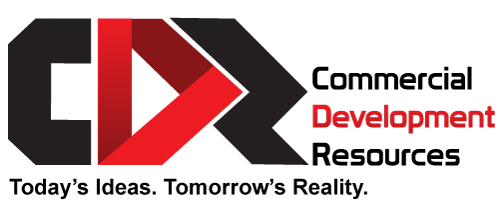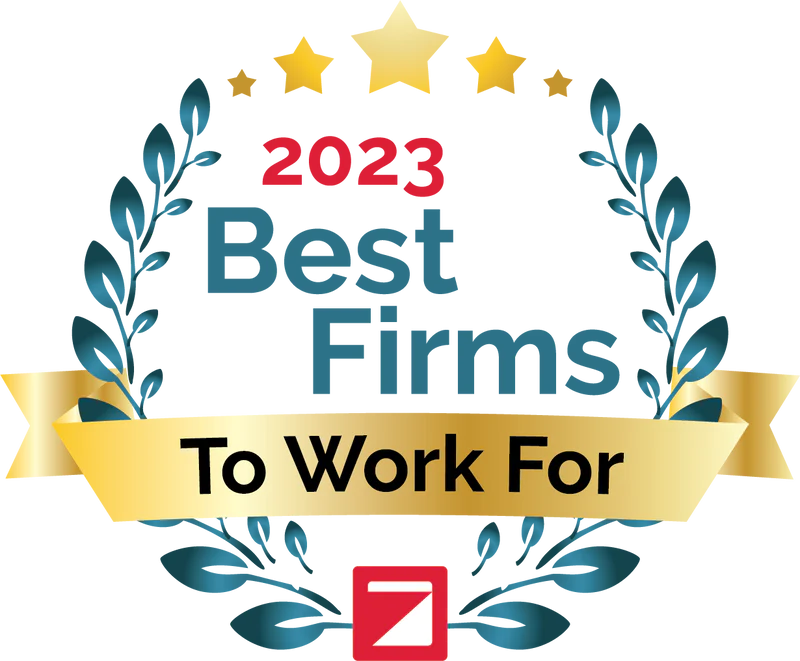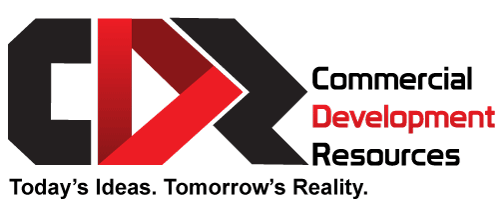Woodland Hills Porsche: Outside the Box Solutions Overcome Unforeseen Site and Utility Obstacles
In this case study, strategic collaborations and strong leadership highlight the adaptability and expertise of CDR’s civil engineering team. This Woodland Hills Porsche case study examines topographical intricacies, utility challenges, innovative stormwater solutions, and environmental sustainability goals, showcasing Commercial Development Resources’ tenacity and dedication to client satisfaction.
Project Initiation and Planning
Establishing Project Foundations
From the beginning, the Woodland Hills Porsche project required creative thinking to contend with the site’s topography, characterized by its length, narrow dimensions, and steep slope along the street. Addressing these challenges required strategic planning, involving intricate coordination with the architect, Dennis Flynn Architects, structural engineers, Grimm & Chen and GMU Geotechnical, and geotechnical engineer, Giles Engineering, manage the 30-foot elevation difference and accommodate a large building within the narrow space.
Collaborative Planning with Ownership and Architects
Navigating the site’s complexities, CDR engineers demonstrated adaptability and problem-solving prowess. The collaboration extended beyond the internal team to involve external partners in optimizing the site layout to meet Porsche’s stringent requirements, the City of Los Angeles regulations, and stormwater treatment goals.
Design and Construction Phases
Dry Utility’s Role in the Power Pole Relocation
The dry utility team played a pivotal role in shaping the utility aspects of the project, contributing significantly to its success. Collaboration with key stakeholders, including the general contractor, LADWP, and electrical consultants was instrumental. While not responsible for the physical work, the dry utility team actively engaged with the electrical consultant to ensure the seamless relocation of utility poles. Their specific focus was on moving the power pole 10 feet south to avoid potential conflicts with the proposed driver entrance. By overseeing this process, the dry utility team prevented conflicts, delays, and misalignments that might have arisen if the various teams had worked independently.
Ensuring Quality and Compliance
The comprehensive project management approach extended to addressing challenges with limited space for water quality treatment. Utilizing the Permavoid system, CDR coordinated with structural engineers to optimize the layout, ensuring the effective treatment of stormwater while maximizing parking and vehicle inventory.
Working Within OEM Requirements
Navigating the challenges posed by Porsche’s brand requirements, particularly concerning vertical curves for sports cars, presented a learning opportunity for the team. The site’s driveways and access points were designed to meet Porsche’s specifications, including considerations for high-performance sports cars’ turning radius and ground clearance.
Fire Access and Additional Challenges
While the team analyzed fire access, coordination with the architect and city fire department led to adjustments that were not entirely aligned with the initial engineering plans. Challenges related to the elevation difference and specific access requirements for sports cars required innovative solutions, showcasing the team’s ability to adapt to diverse project demands.
Caltrans Right of Way
One significant challenge emerged when Caltrans officials noticed construction near the 101-freeway embankment. Work came abruptly to a halt when concerns were raised about potential encroachment into the Caltrans’ right of way. To address this, the team had to quickly produce an exhibit demonstrating that all improvements were confined to the project’s property, ensuring compliance and avoiding any encroachment onto Caltrans land. While such challenges aren’t uncommon, the direct involvement of Caltrans officials on-site made this instance unique.
LADWP Water Main Realignment
The new building footprint was in conflict with the existing LADWP water main line and easement. CDR realigned the water main line, quitclaimed portions of the easement, and perfected a new easement for new alignment. This improvement was completed and required the temporary shutdown of water service to thousands of homes for five hours. This disruption occurred over a weekend, necessitating effective communication with affected residents. The team worked closely with relevant authorities to minimize the impact and ensure a successful overnight realignment effort.
Environmental Sustainability and Certifications
LEED Certification
The project aligns with environmental sustainability through its commitment to LEED certification. Porsche’s stringent requirements mandate LEED certification for their buildings, reflecting a dedication to environmentally conscious construction. This certification signifies adherence to high standards in design, construction, and operation, promoting energy efficiency, resource conservation, and overall environmental responsibility. CDR’s innovative stormwater collection and treatment system using Permavoid contributed to the LEED certification.
Stormwater Management and Tiered Planters
This project showcases a commitment to innovative stormwater management. The integration of the Permavoid technology effectively addresses stormwater concerns, demonstrating a forward-thinking approach to environmental responsibility. The system minimizes the environmental impact of stormwater by efficiently managing runoff. Learn more about the Permavoid technology in our detailed blog post.
The project’s design considerations, especially in dealing with topography and limited space, benefitted from utilizing Permavoid technology. This hybrid capturing system allowed for at-grade water management, facilitating the creation of tiered planters along the site’s perimeter. Each tier was designed to manage water overflow, creating a stunning cascading waterfall effect during rainfall. This creative approach not only addressed the environmental challenges but also transformed them into an aesthetically pleasing and sustainable water management solution, showcasing the engineering team’s ingenuity.
Conclusion
The Commercial Development Resources team successfully addressed challenges through adaptability, effective problem-solving, and dedication to continuous improvement, contributing to the project’s overall success. Encounters like the Caltrans incident and water service disruption highlighted the dynamic nature of civil engineering projects, providing valuable lessons for the future. The project demonstrated environmental sustainability and attained industry certifications, showcasing responsible engineering practices. The seamless integration of stormwater management solutions and the emphasis on strong relationships and open communication with stakeholders underscored the importance of collaboration in navigating complex projects.
Consider Commercial Development Resources as your trusted civil engineering partner. Contact us today to turn your vision into a reality.


